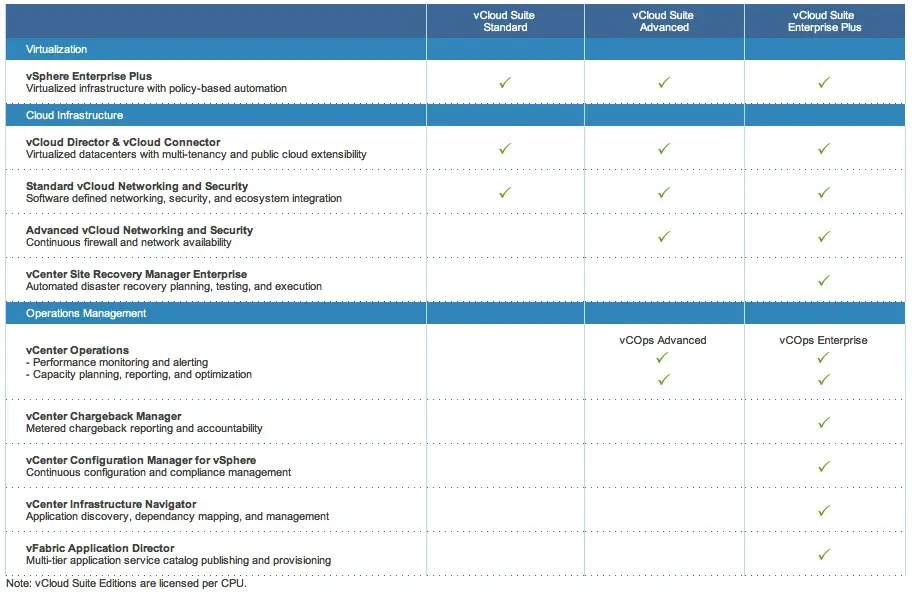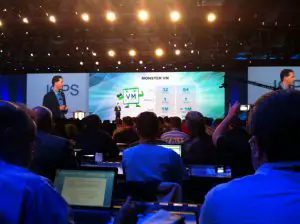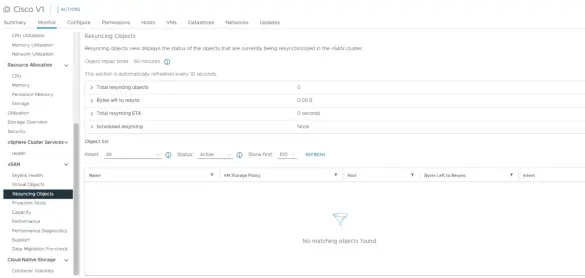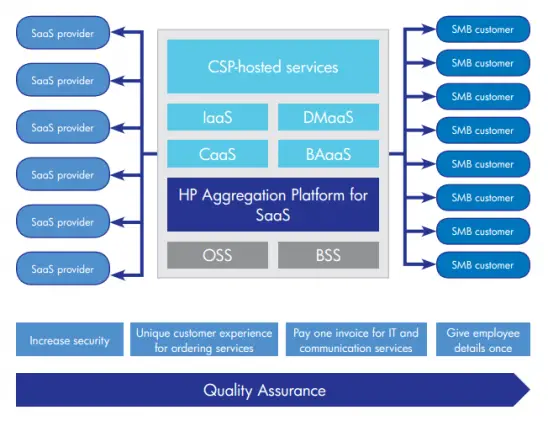One of the biggest hurdles for virtualization adoption in the small business area has been the need for expensive, shared storage. The Virtual Storage Appliance is looking to change that. By utilizing the relatively cheap, attached storage in host systems and pooling those into a storage array, vendors are looking to extend the goodness of virtualization to the final frontier – the small business. But its not just applicable there – I think that VSA may also have a strong play for virtual desktops and eventually for primary storage in many environments.
A reporter asked me end of 2011 for my predictions in 2012. Mine was around the VMware VSA and the promise of cheap, shared storage for the masses. VMworld’s Solutions Exchange was full of vendors with VSA or purpose-built storage solutions looking to address the storage play in virtualization. Many are looking at SSD, either hybrid or pure SSD, to achieve a large amount of IOPS for virtualization. In my mind, its possible that a VSA could replace all of these purpose-built solutions by utilizing the local RAID adapters and local storage already within our ESX hosts.
HP has rebranded the LeftHand VSA under the new StoreVirtual VSA moniker. The StoreVirtual also introduces a reduced cost licensing model which bundles 3 years of service and support along with the virtual appliance. StoreVirtual VSA allows for active/active clusters using the tried and true Lefthand technology. StoreVirtual uses iSCSI as its primary transport of storage to the ESX hosts. The local storage is pulled into the StoreVirtual VSA, then it is carved into LUNs and presented to particular iSCSI initiators. All of the advanced features of Lefthand are available to customers of the VSA. The StoreVirtual VSA is the only VSA that is certified as a VMware Metro Storage Cluster, capable of spanning storage over datacenters.
I remember when Lefthand was first demoed for me, before the HP acquisition. One of their value propositions at the time was repurposing existing hardware into storage nodes within the Lefthand SAN. The same principle applies in the case of the new StoreVirtual VSA. Adding disks to existing, very capable ESX hosts may make a lot of sense to companies. It may also reduce the data center footprint and cooling needs by collapsing storage into running host servers.
VMware also offers a licensable VSA. It uses NFS to mount a datastore and make it accessible to all nodes in a cluster. It also allows for replication of data from the datastore to another datastore, but it is a single node active model. In the event the primary host running the NFS share goes down, the secondary node has to activate the NFS and make it available. It may not be quite up to par with offering seamless or instant failover, but it is probably good enough for many applications.
Nexenta also had a VSA for View demoed in the Solutions Exchange at VMworld. It was a very low cost option, licensed per user, to convert local storage into VDI storage.
VSA’s do not come without some challenges. Customers will need to architect high-availability into any design. They will need to ensure that advanced features like snapshots and backups are capable, although there are new considerations which come into play. HP and VMware partner Veeam has introduced a version of its backup software that fully understand the StoreVirtual VSA and the challenges of backup that may be introduced with a VSA. One of these challenges is how exactly to restore a data snapshot onto a storage array running on the same virtual infrastructure. The VSA creates a circular reference, to some degree.
I stand by my prediction, and I have to admit, its fun to see my thoughts coming true on this front. Small business is ripe to benefit from virtualization and may be the last, large, untapped area of growth. And VSA’s may make it possible.





